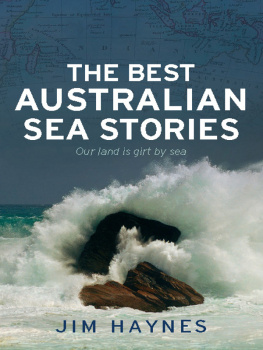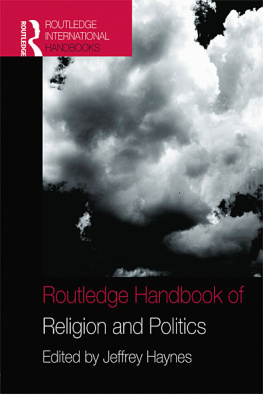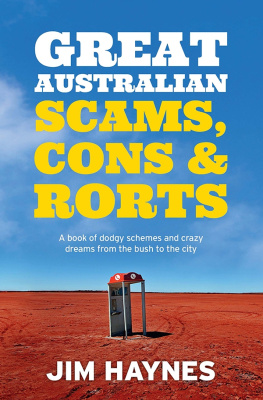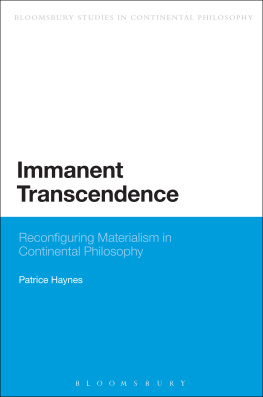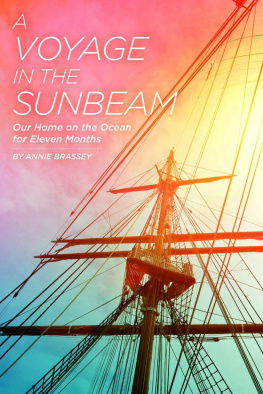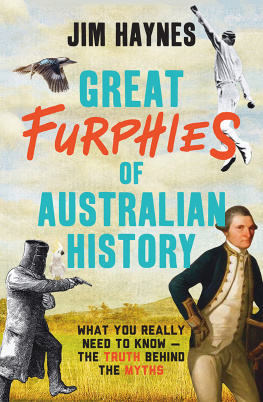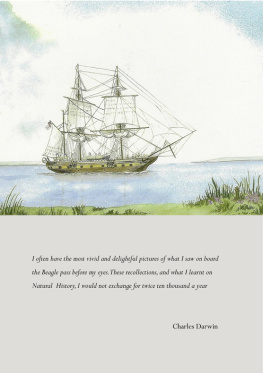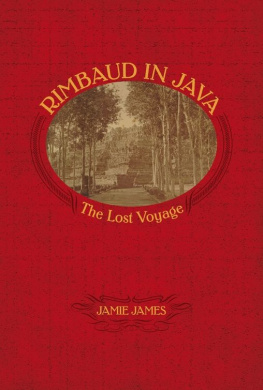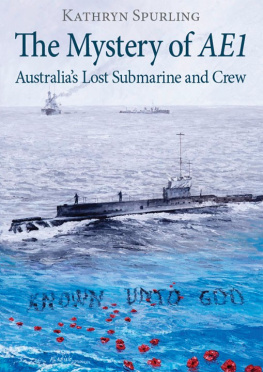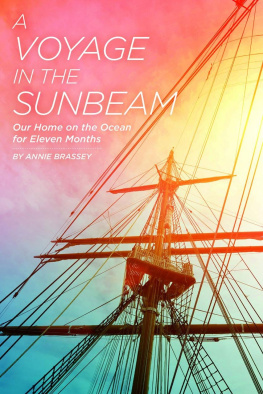
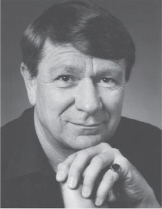
Before becoming a professional entertainer, songwriter, verse writer and singer in 1988, Jim Haynes taught writing, literature, history and drama in schools and universities from outback New South Wales to Britain and back again. While teaching he gained two masters degrees in literature, from New England University and the University of Wales (UK). A descendent of British immigrants who made their own sea voyage to Australia in 1929, Jim is the author of many great Australian titles including books on railways, the trucking industry, aviation and horse racing. He is one of our most successful and prolific Australiana authors.
The Best
Australian
Sea Stories
JIM HAYNES

First published in 2012
Copyright Jim Haynes 2012
All rights reserved. No part of this book may be reproduced or transmitted in any form or by any means, electronic or mechanical, including photocopying, recording or by any information storage and retrieval system, without prior permission in writing from the publisher. The Australian Copyright Act 1968 (the Act) allows a maximum of one chapter or 10 per cent of this book, whichever is the greater, to be photocopied by any educational institution for its educational purposes provided that the educational institution (or body that administers it) has given a remuneration notice to Copyright Agency Limited (CAL) under the Act.
Allen & Unwin
Sydney, Melbourne, Auckland, London
83 Alexander Street
Crows Nest NSW 2065
Australia
Phone: (61 2) 8425 0100
Fax: (61 2) 9906 2218
Email: info@allenandunwin.com
Web: www.allenandunwin.com
Cataloguing-in-Publication details are available
from the National Library of Australia
www.trove.nla.gov.au
ISBN 978 1 74237 125 2
Set in 12/15 pt Bembo by Post Pre-press Group, Australia
Printed and bound in Australia by Griffin Press
10 9 8 7 6 5 4 3 2 1

This book is for Wenda McMillanwho spent a good deal of her life at sea on the Lauryn G.
Contents
Jim Haynes
Wilfred Mailler
Jim Haynes
Henry Lawson
Jim Haynes
Jim Haynes
Mark Twain
Henry Lawson
Jim Haynes
Samuel Taylor Coleridge
Ernest Scott
Jose-Maria de Heredia
John White
Roderic Quinn
Jim Haynes
Henry Lawson
Robert Louis Stevenson
Robert Louis Stevenson
Jim Haynes
Frank McNamara
Mark Twain
Jim Haynes
Jim Haynes
Alfred Tennyson
David Marr and Marian Wilkinson
Roderic Quinn
Anthony Brown
George Horton
Jim Haynes
Henry Kendall
Henry Lawson
Henry Lawson
Banjo Paterson
Banjo Paterson
Jim Haynes
Traditional
Banjo Paterson
Banjo Paterson
Jim Haynes
Peter Mace
Jim Bendrodt
Rudyard Kipling
Jim Haynes
Jim Haynes
Matt Stirling
Charles Souter
Acknowledgements
THANKS TO DAVID MARR and Marian Wilkinson for permission to include the Palapa story from their book Dark Victory and Peter Mace for permission to use his poem Lost With All Hands,
I also want to thank Rosalind Stirling, from Heritage Australia magazine, for her help and support and Matt Stirling and Tony Brown for their co-operation and permission to use their stories.
Thanks to the team at Allen & Unwin for their enthusiastic support of this project, especially Foong Ling Kong, Stuart Neal and editors Laura Mitchell, Katri Hilden, and Jo Lyons; and to Lisa Macken for proofreading.
Thanks also to Dennis OKeeffe for his local knowledge and friendship and, as always, to Robyn for listening when I needed an opinion.
AUSTRALIA, n. A country lying in the South Sea, whose industrial andcommercial development has been unspeakably retarded by an unfortunatedispute among geographers as to whether it is a continent or an island.
OCEAN, n. A body of water occupying about two-thirds of a world madefor manwho has no gills.
Ambrose Bierce
ITS ODD THAT AUSTRALIAS iconic stories, landscapes, images and characters are mainly portrayed as being from the inland, where only a tiny percentage of the population has ever lived.
We have a strong and distinctive national character, and we are the only nation of any reasonable size that has no borders with any other nations. Our homogeneity of culture is a quirk of fate, history and geography, but it has little to do with the outback, or with rural pursuits. Australia ranks in the top 5 per cent of the most urbanised nations in the world and our population hugs the coast.
The distinguishing factor that shaped our history and our national character is actually the fact that we are surrounded by ocean.
Before the European invasion, the vast majority of Aboriginal people lived on the coast or within easy reach of the sea. When Europeans arrived they, too, clung to the coastal areas of the continent, for obvious reasons.
Firstly, thats where most of the fertile land was, and easy access to fresh water.
Secondly, the sea was the primary means of transport until quite recently. It was the major link for Australians travelling to other parts of the country, and indeed it was Australias only link to the rest of the world.
It is true that railways eventually linked the inland to the coast, but each colony had a different rail gauge, so the only expedient way to get to other major cities in Australia, or even to towns within each colony, was by sea.
We became a wealthy nation not because we produced wool, gold, beef, coal and iron in vast quantities, but because clipper ships and steamers carried our wool, gold, coal, iron and frozen beef to the world.
It was not only international shipping that made us a great seafaring nation. In our brief European history of 225 years, with a small and scattered population, our coastal sea-lanes have been home to more than 5000 ships, operated by at least 300 Australian-based shipping companies.
These are ships that plied Australian waters, operated by Australian companies as huge as the Adelaide Steamship Company and the Australian National Line, or as small as my favourite: the Humpybong Steamship Company of Brisbane, which operated the steamers SS Pearl, Beryl, Garnet, Emerald and Olivine between Woody Point and Sandgate from 1891 to 1907.
Australia relied on coastal trade from the earliest days of the colonies until the 1960s. There were no interstate roads to speak of until the twentieth centuryand air travel was only a novelty until World War II.
The greatest labour struggles in our nations history were fought between maritime unions, shipping companies and governments on Australian docks and ships, although the shearers strikes seem to get all the attention, and all the songs and stories.
The drama and romance of long inland treks seem to appeal to Australians more than daring ocean voyages. Many Aussies still believe the fairytale about the first Melbourne Cup winner walking from Nowra to Melbourne to compete in the race!
Next page
